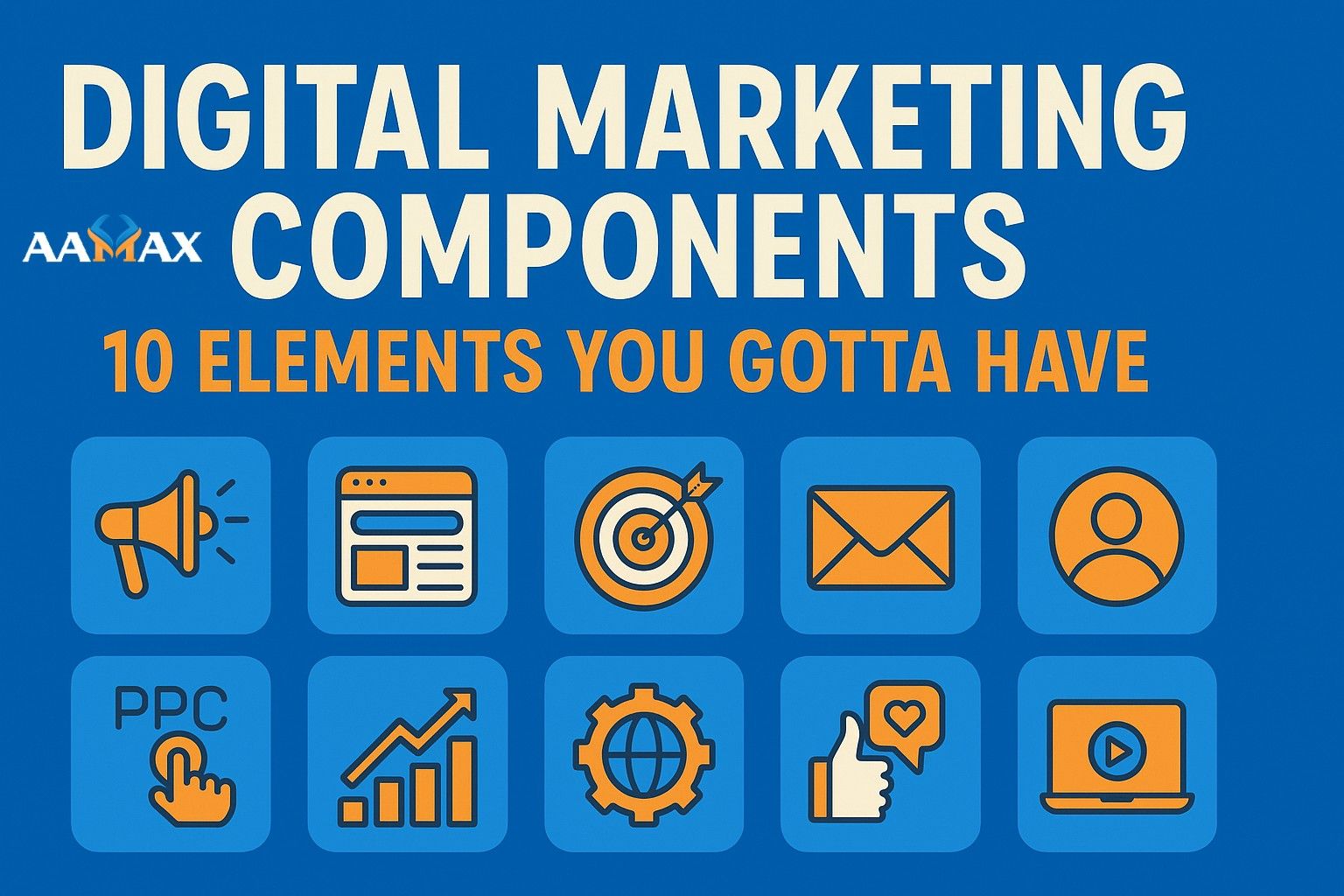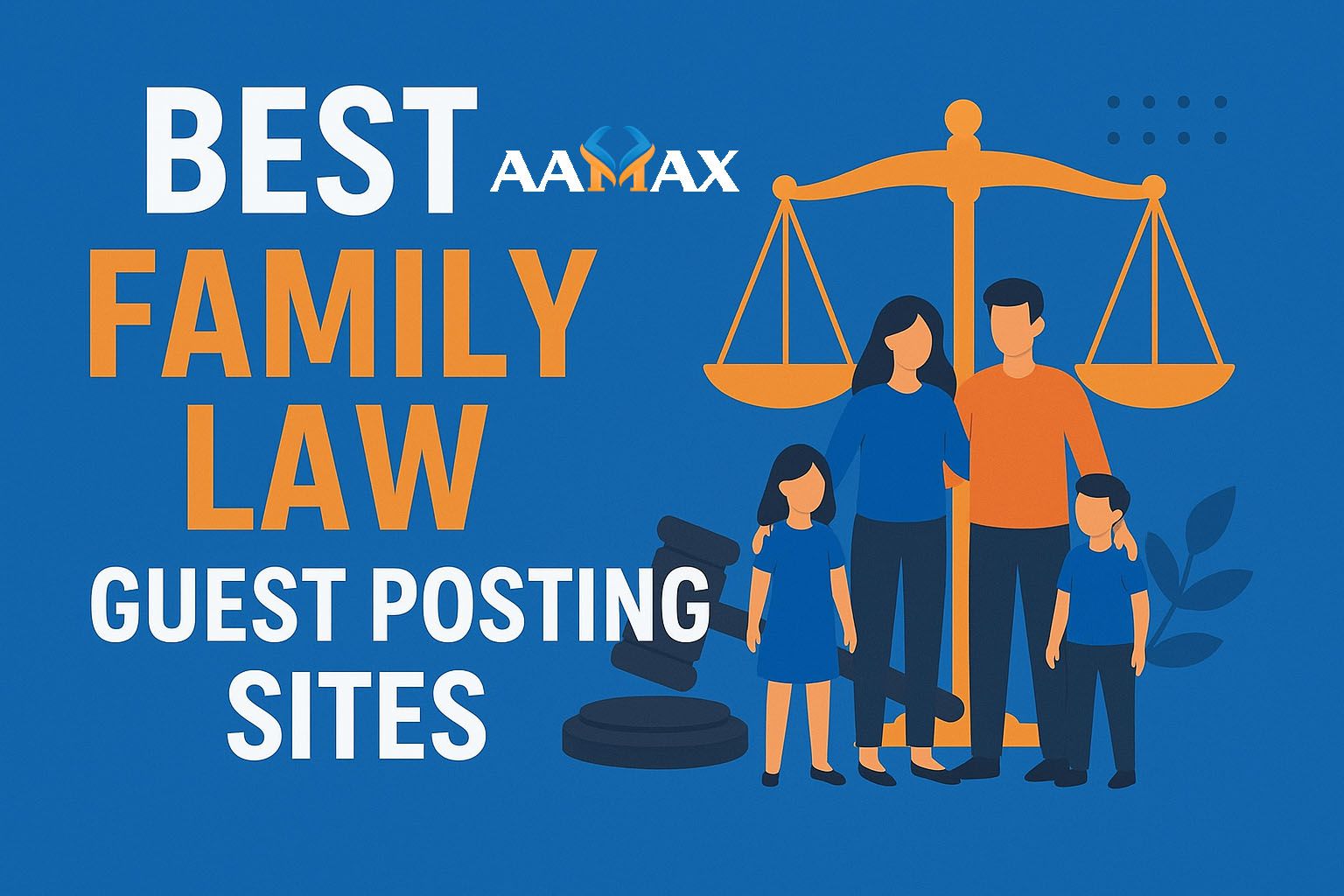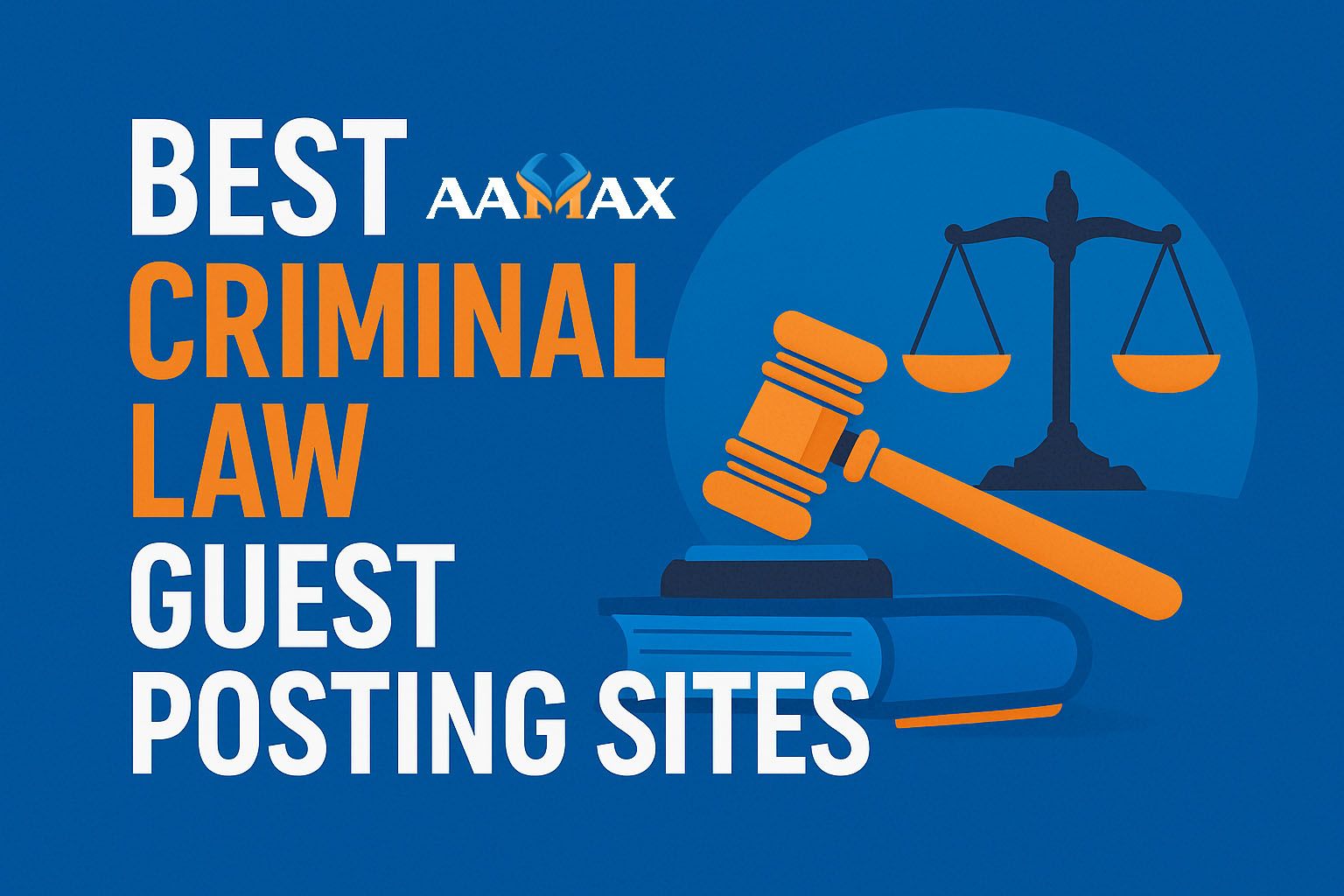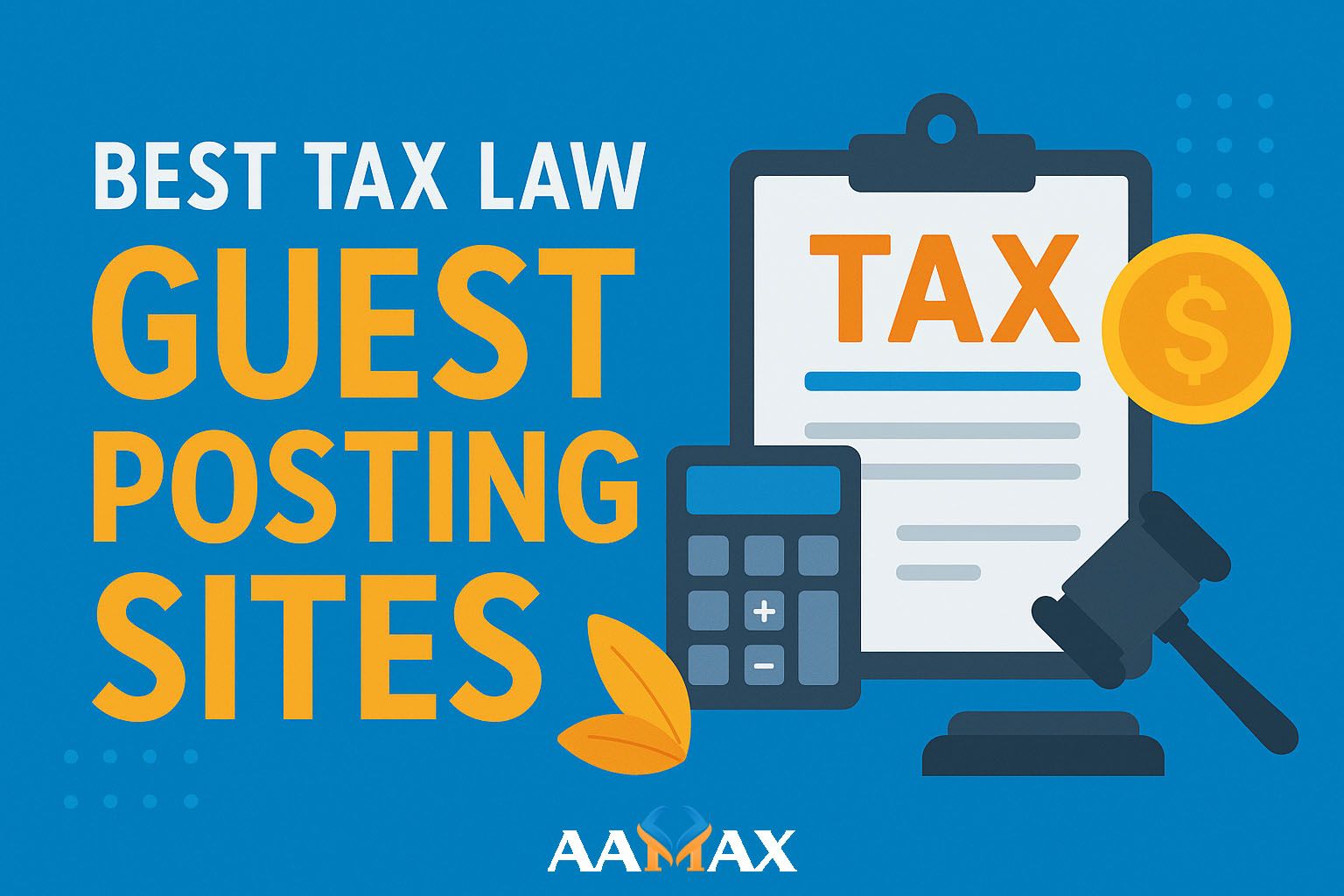
Digital Marketing Components: 10 Elements You Gotta Have
In today’s fast-paced online world, businesses can no longer rely on just a good product or service to succeed. The way your brand appears, connects, and communicates with its audience is just as important as what you’re selling. That’s where digital marketing steps in. To thrive in a digital-first economy, every business needs to adopt the right components that form a powerful full-service digital marketing agency strategy.
In this article, we’ll break down 10 essential digital marketing elements you gotta have if you want your business to not only survive but grow in a highly competitive space.
1. A Solid Website (Your Digital Storefront)
Your website is often the first interaction people have with your business, making it one of the most critical components of digital marketing. Think of it as your online storefront: clean, easy to navigate, informative, and mobile-friendly.
A well-designed website doesn’t just showcase what you offer; it builds trust and encourages visitors to take action—whether that’s making a purchase, filling out a form, or subscribing to your newsletter.
Key features your website must include:
- Mobile responsiveness (optimized for smartphones and tablets)
- Fast loading speed (users bounce if it takes longer than 3 seconds)
- Clear navigation and calls-to-action (CTAs)
- Secure hosting with SSL certificates (HTTPS)
- SEO-friendly structure
If your business needs a professional website that’s built with performance, design, and SEO company in mind, you can AAMAX for expert web development services.
2. Search Engine Optimization (SEO)
It doesn’t matter how beautiful your website is—if nobody can find it, it’s not serving its purpose. Search Engine Optimization (SEO) ensures your site shows up in search engine results when people look for products or services like yours.
SEO combines technical improvements, content creation, and link-building strategies. It’s a long-term investment but provides unmatched value when done correctly.
Major aspects of SEO include:
- On-Page SEO: Optimizing titles, meta descriptions, keyword usage, and content structure.
- Technical SEO: Improving site architecture, speed, mobile-friendliness, and crawlability.
- Off-Page SEO: Building authority through backlinks, social signals, and online PR.
- Local SEO: Optimizing for location-based searches (perfect for local businesses).
A well-optimized site ensures that customers find you, not your competitors.
3. Content Marketing (Fuel for Digital Strategy)
Content is the engine that powers digital marketing. Blogs, articles, videos, infographics, podcasts, and case studies—all of these fall under content marketing. It’s not just about creating content, but creating valuable, engaging, and problem-solving content that attracts, educates, and converts audiences.
Types of content that work best:
- Blog posts for SEO and thought leadership
- Video content for higher engagement (YouTube, TikTok, Instagram Reels)
- Infographics to simplify complex information
- Case studies and testimonials to build trust
- E-books and whitepapers to capture leads
When paired with SEO, content marketing ensures long-term growth in visibility and traffic.
4. Social Media Marketing
Social media isn’t just about posting pretty pictures—it’s about building relationships and creating conversations. Platforms like Facebook, Instagram, LinkedIn, TikTok, and X (formerly Twitter) allow businesses to connect directly with their audiences, share their stories, and humanize their brand.
What makes social media marketing powerful:
- Cost-effective advertising with precise targeting
- Real-time engagement and customer feedback
- Viral marketing opportunities (sharing and trends)
- Increased brand awareness and credibility
A strong social presence also enhances trust, as customers often check social platforms before making purchasing decisions.
5. Email Marketing
Despite the rise of social platforms, email marketing remains one of the highest ROI strategies in digital marketing. It gives businesses direct access to a customer’s inbox and is perfect for nurturing leads, upselling, and maintaining customer loyalty.
Best practices for email marketing:
- Segment your audience (personalized emails convert better)
- Use strong subject lines (to improve open rates)
- Add clear CTAs (guide readers to take action)
- Automate campaigns (welcome emails, abandoned cart reminders, newsletters)
- Track performance metrics (open rate, CTR, conversions)
When combined with personalization, email marketing becomes a powerful tool to generate repeat customers.
6. Pay-Per-Click (PPC) Advertising
PPC advertising ensures instant visibility for your business on search engines and social platforms. Instead of waiting for SEO results, PPC allows you to appear at the top of search results when someone searches for your target keywords.
Popular PPC platforms:
- Google Ads (Search & Display Networks)
- Facebook Ads
- Instagram Ads
- LinkedIn Ads
- YouTube Ads
The beauty of PPC is its measurability—you only pay when someone clicks. With proper targeting, businesses can achieve a high return on investment by reaching the right audience at the right time.
7. Analytics and Data Tracking
Digital marketing without analytics is like flying blind. Tracking and measuring performance is crucial to understand what’s working and what isn’t. Tools like Google Analytics, Google Search Console, and various social media analytics platforms provide insights into customer behavior, traffic sources, and conversion rates.
Key metrics to track:
- Website traffic and bounce rate
- Conversion rates (leads, sales, signups)
- Cost per acquisition (CPA)
- Customer lifetime value (CLV)
- Return on investment (ROI)
By analyzing data, businesses can make smarter decisions, refine strategies, and maximize results.
8. Online Reputation Management (ORM)
In the digital age, what people say about your brand online can make or break your business. Online reputation management ensures your brand maintains a positive image by monitoring reviews, comments, and mentions across platforms.
Why ORM matters:
- 90% of consumers read online reviews before purchasing
- A single negative review can turn away potential customers
- Positive reviews improve trust and credibility
- ORM also involves addressing customer complaints quickly and transparently
Proactively managing your reputation ensures that when customers search for your brand, they see trust, not red flags.
9. Mobile Marketing
With over half of all web traffic coming from mobile devices, optimizing digital marketing for mobile is no longer optional—it’s a must. Mobile marketing ensures that your content, ads, and user experience are designed for smaller screens and on-the-go consumption.
Mobile marketing strategies:
- SMS marketing campaigns
- Push notifications for apps
- Mobile-friendly websites and emails
- Geo-targeted ads for local engagement
Businesses that embrace mobile-first strategies gain a huge advantage in today’s digital landscape.
10. Marketing Automation & CRM
Marketing automation helps streamline repetitive tasks like email campaigns, social media posting, and ad management. Combined with Customer Relationship Management (CRM) systems, automation ensures that customer journeys are personalized and efficient.
Benefits of marketing automation:
- Saves time and reduces manual work
- Ensures consistency across platforms
- Delivers personalized customer experiences
- Improves lead nurturing and conversion rates
Platforms like HubSpot, Mailchimp, and Salesforce make it easier for businesses to manage customer data and automate tasks at scale.
Wrapping It All Up
Digital marketing is not about picking one channel over another—it’s about integrating multiple components into a cohesive strategy. Each of these 10 elements—website, SEO, content, social media, email, PPC, analytics, ORM, mobile marketing, and automation—works best when combined to create a powerful online presence.
If you’re serious about scaling your business and want experts to handle web development, digital marketing, and SEO services for you, AAMAX. As a full-service digital marketing company, AAMAX helps businesses build strong digital foundations and execute effective strategies that drive real results.
By incorporating these essential components, your brand won’t just exist online—it will thrive, engage audiences, and achieve long-term growth.







